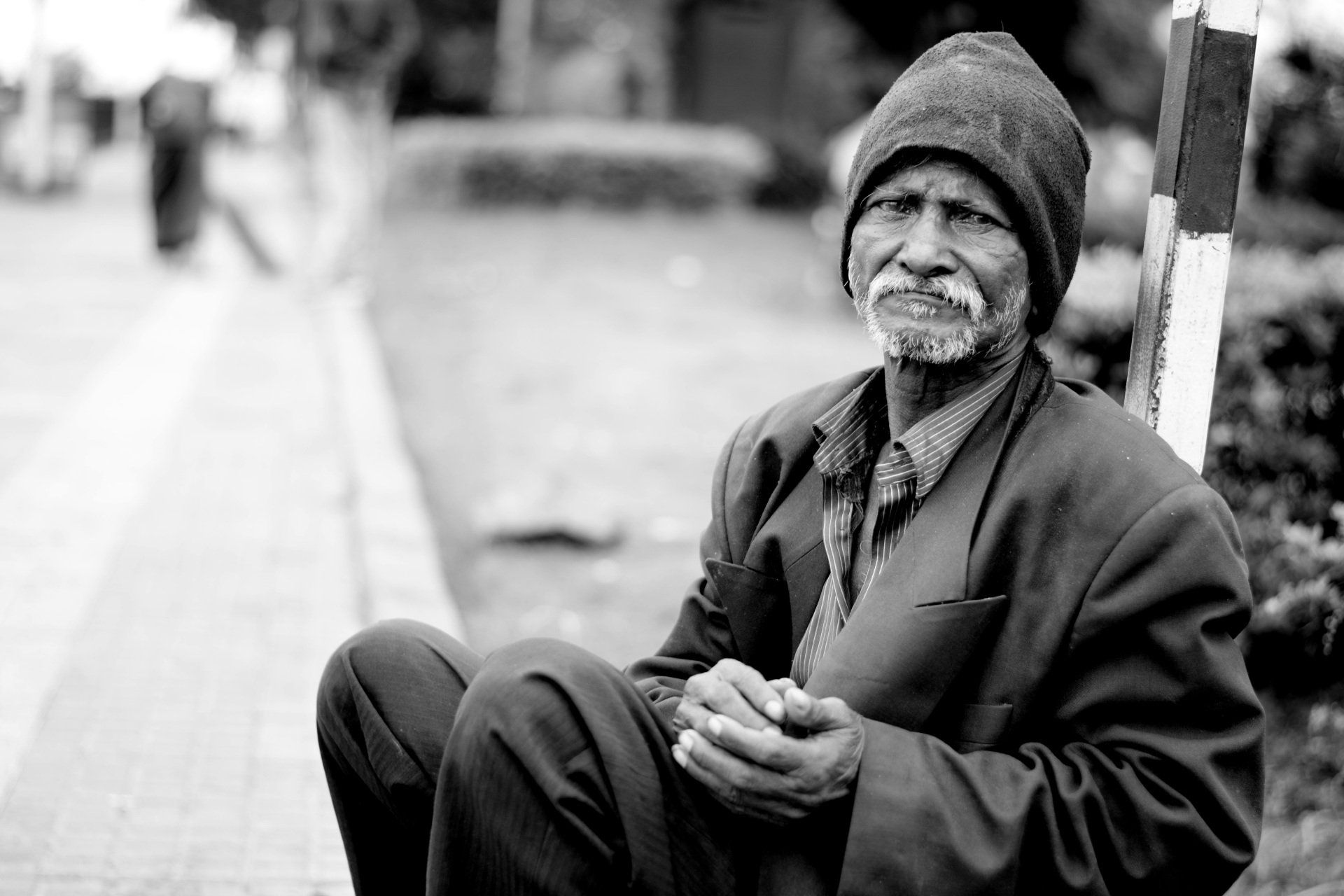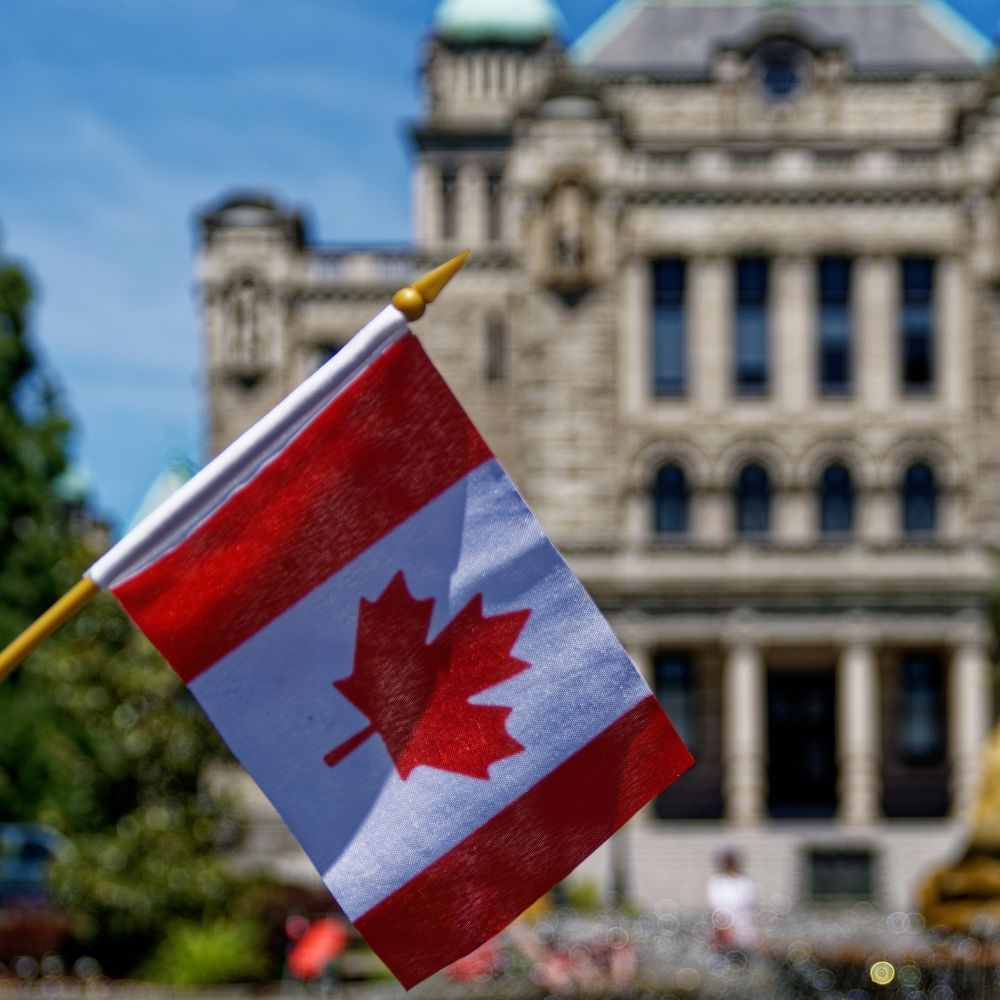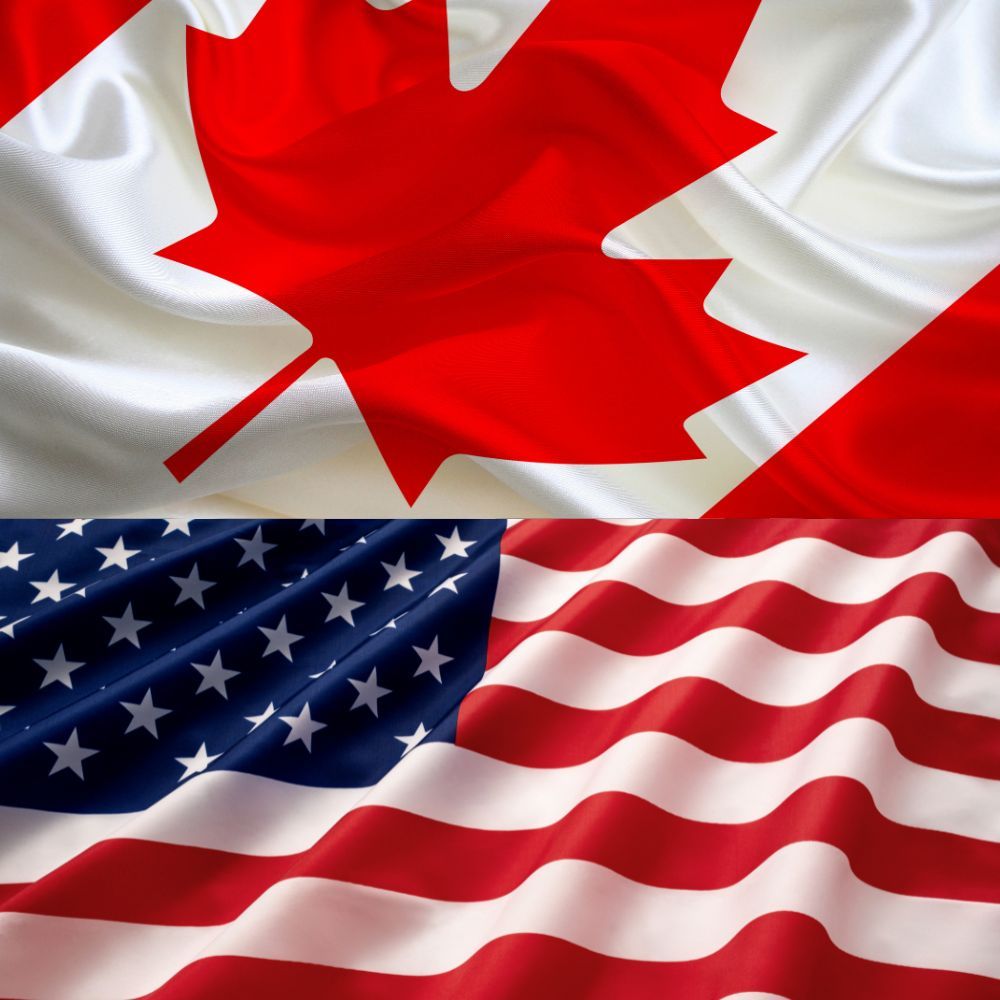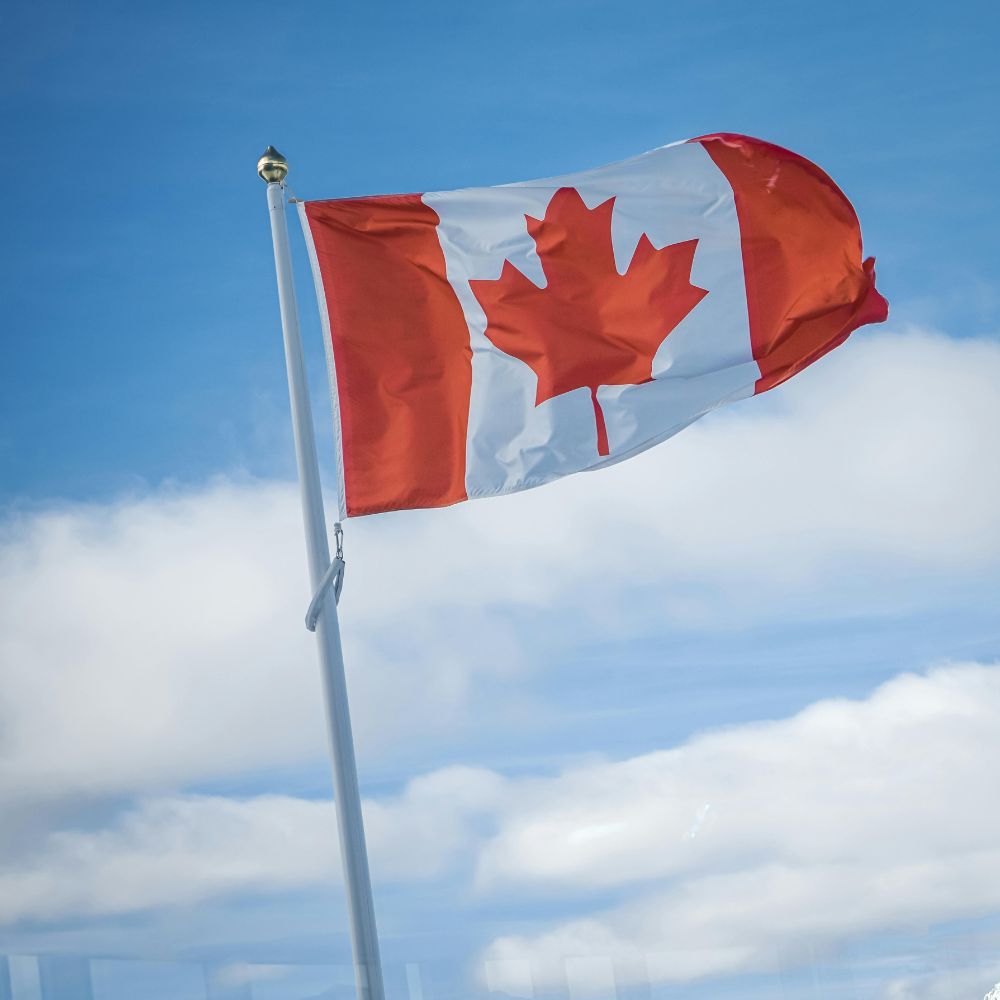Homelessness: Our Shame
What could be more hopeless for a person in the GTA than having nothing – no home, no shelter, nothing to eat, no family or friends?

While, any night in this urban area, most of us live in comfort, over 11500 of our fellow citizens are homeless. Last winter hundreds were turned away from overcrowded shelters every night. Nearly 200 homeless people die either in city facilities, living rough outside or in makeshift tents. Now Toronto is turning homeless youth out of hotel rooms into the street and its budget problems threaten to find shelters further reduced next winter. In the wider GTA, housing for the homeless is so overcrowded or unavailable that they go downtown where at least they can get a meal if not a bed.
One seventy-year-old man, recently turned out of his apartment, wandered the streets downtown. Nowhere to go, getting colder. he went into the emergency department at St. Michael’s hospital and amazingly a social worker greeted him and found him a bed and a meal. They see hundreds of homeless people every year. Emergency departments are last resorts as are riding on all-night streetcars, staying in all-night coffee shops if allowed, subway stations, stairwells. It is hard to fathom how desperate these sad people are.
One only has to consider the grim situation of shelters with unwashed men lined up close together in rows of cots with no privacy to understand why many homeless people prefer living rough or in tents. Only the best run shelter facilities welcome couples or women. Only 13% of shelters in Canada welcome women who are often victims of partner abuse.
In York region dozens of homeless people out of the approximately 1,500 who are homeless on any night, live in tents in its many woodlands. Surveys have shown that these people, living outdoors or in encampments tend to have a greater degree of mental illness or addiction than those in shelters. They are looked after by LOFT which operates an outreach van providing a range of urgent-care services seven days a week for the homeless in the York Region.
Toronto has been much less welcoming and used police to clear three park encampments in the summer of 2021 with what was seen as unnecessary force. Former Coun. Kristyn Wong-Tam, whose ward encompasses Moss Park where another encampment feared being cleared violently, said the City needs to rely on less police officers and more social workers with future encampment operations. One of the sad effects of forced removal is that residents often lose what few possessions they have.
A recent Court ruling in Kitchener showed that for the first time homeless people occupying public land have rights too. Justice Michael J. Valente of the Superior Court of Justice of Ontario found the encampment bylaws covering Kitchener, Ontario, violated people’s constitutional right to “life, liberty, and security of the person.” The bylaw violated the Charter rights of the residents in the absence of sufficient shelter spaces.” The Kitchener decision affirmed it’s not just about how many spaces are available in the city, but also about whether those spaces truly accommodate the needs of people experiencing homelessness. Mayors, including Tom Taylor of Newmarket, who is openly anti-tent, would do well to look at this ruling.
The homeless crisis is really an affordable housing crisis that was not even mentioned in the recent Ontario and federal budgets. In the recent inflation, interest rate and affordability crisis, policy makers have focused on making homes more affordable for middle class people and virtually ignored the real plight of low-income would-be owners and renters. Premier Doug Ford’s promise to build 1.5 million new homes in the $800,00 price range will do little for the underhoused. Leilani Farha, the global director of Make The Shift, an international group that promotes the right to housing, told the New York Times Ian Austen that Canada has one of the worst records globally when it comes to homelessness.
Curiously the most devastating cuts in federal funding for affordable housing came when the Jean Chrétien Liberal undertook a substantial welfare state restructuring, with the 1995 federal budget under then Finance Minister, Paul Martin. By 1993, the federal government completely withdrew financial support for building new social or public housing. Investments were made in public housing beginning from the late 1940s, peaking in the 1960s. These involved cost-sharing arrangements between the federal and provincial governments. Between 1973 and 1992, the federal government partnered to create approximately 236,000 non-profit and co-operative units were created over those two decades. This golden age has not returned.
The Current National Housing Strategy (NHS) is an ambitious, 10-year plan to invest over $72 billion to give more Canadians a place to call home. Since its launch in 2017, the government has committed over $26.5 billion to support the creation of over 106,100 units of affordable and the repair of over 254,600. We await the evidence of this major increase in truly affordable housing.
That homelessness is a much-ignored housing issue is undeniable. A 2021 York Region homelessness survey found unsurprisingly that one quarter (22%) of people reported being unable to pay rent/mortgage as one of the reasons for their homelessness in 2021 compared to 14% in 2018.
Few municipalities have tackled homelessness head on as well as Ottawa. The city’s street outreach services and shelter services have both shifted to a robust housing-focused approach, resulting in a 19% reduction in chronic homelessness. Ottawa’s 10-Year Housing and Homelessness Plan, updated in 2020, requires that 10% of new affordable housing units are supportive housing units. The City’s shift over the past decade from a traditional shelter model to the creation of more supportive housing units to address chronic homelessness has led to the creation of close to 800 supportive units across the city since 2006. Ottawa’s Built for Zero chronic homelessness baseline was set in January 2020. Since then three supportive housing buildings and several scattered units have been built, adding a total of 95 units to Ottawa’s supportive housing inventory. The success is based on the formation of Housing First teams.
Many of the public who do not understand that homeless people could be their neighbours oppose new projects to house the growing numbers of homeless in the GTA. Aurora residents came out in force to a public planning meeting last month to oppose a Housing York proposal to build a new 55-unit transitional and emergency facility at 14452 Yonge St., meant to replace Blue Door’s aging Porter Place. This is one of the rare new purpose-built projects for the homeless in the GTA.
It is a shocking over 10 years wait for the 83,000 individuals and families needing rent geared to income housing in Toronto. Solving the homeless problem with new housing will not answer the growing crisis in any reasonable time period.
There is one organization with breakthrough thinking on a policy that could get homeless and vulnerable people into housing. In January, a press release made dramatic suggestions: the Canadian Alliance to End Homelessness (CAEH) called on the federal government to take urgent action to support low-income Canadians with a new proposal for a Homelessness Prevention and Housing Benefit (HPHB). The benefit would provide immediate rental relief to up to 385,000 households at imminent risk of homelessness, help over 50,000 people leave homelessness, and reduce pressure on Canada’s overwhelmed homeless systems while saving all levels of government money by reducing demand on public systems like health care. This is a potential solution that does not rely on a long wait for grand new affordable housing construction plans. It should be looked at.
As we enjoy warmer weather and the homeless can once again be more comfortable under bridges and in the ravines and woods, we still have not as a society come to terms with the social and health costs of these thousands of human beings for which we seem to have so little sympathy. It is a shame.
Patrick Gossage Insider Political Views




